Monthly Archives: April 2020
City as an organised form of Voyeurism
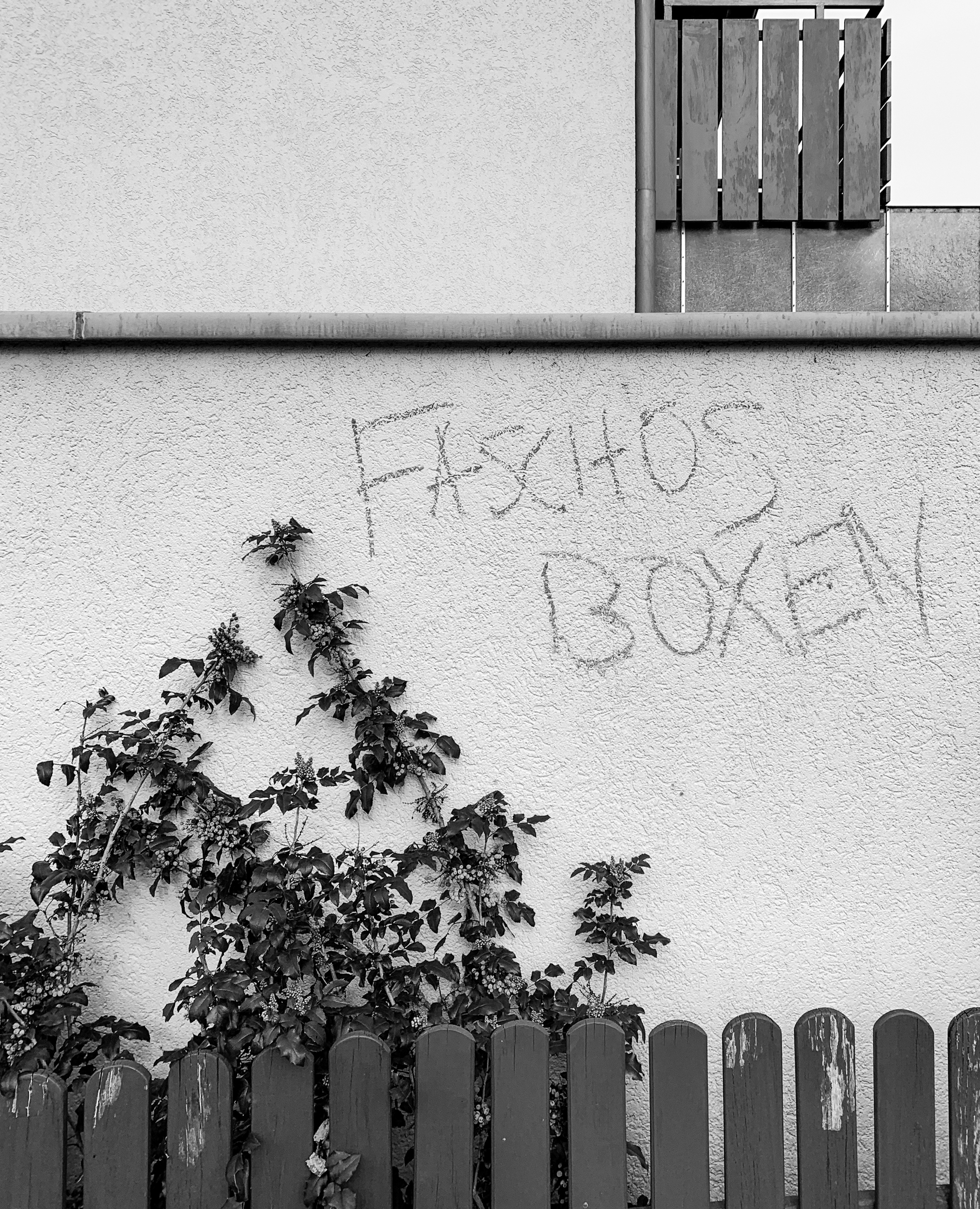
The barriers between public and private space; the city is about points-of-view, about broken or enabled lines-of-sight, about privacy: the protection of territory (the surveillance camera), the invasion of territory; the opposition of private and public: It organizes Voyeurism. Behind a fence, it is not important what is behind it: It is important that you are barred from seeing it and you are tempted to see it.
A Car Disappears
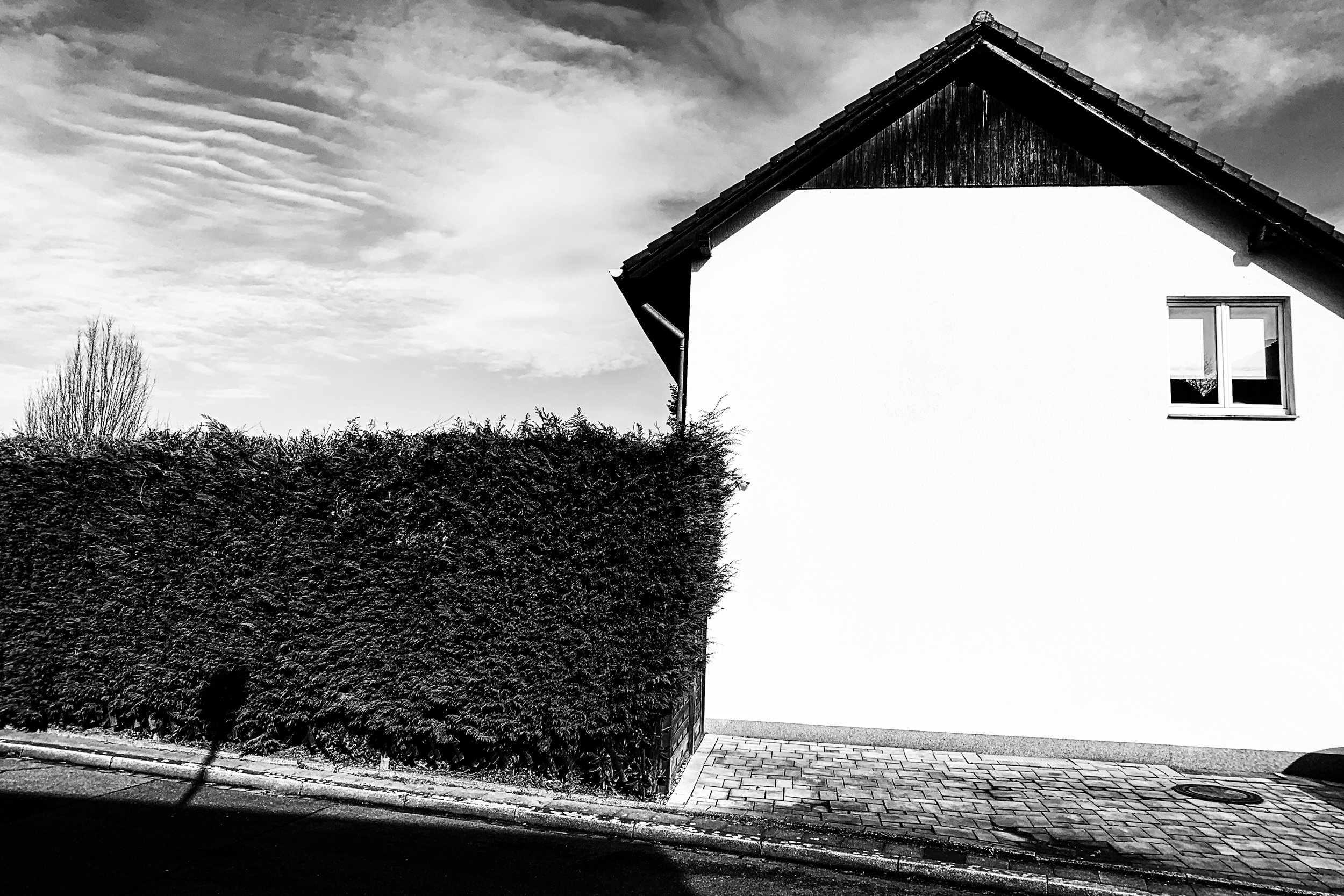
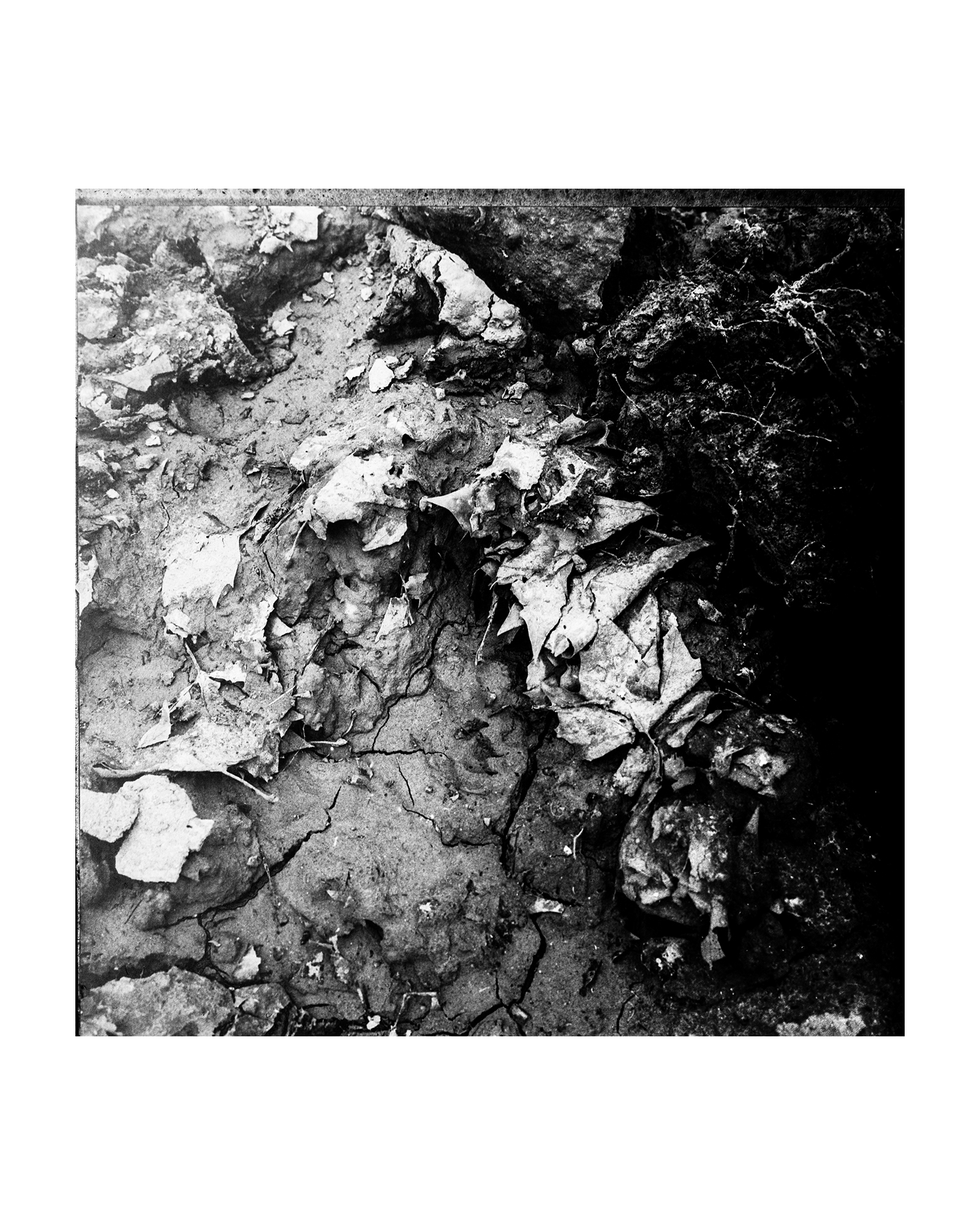
malevich’s black square: Both end and new beginning; things emerging and things vanishing. The project explores this ambiguity between things emerging and things vanishing.
Are we at the end of something or at the beginning? In contrast to what Marx thought, history does not appear to have a direction. It just meanders, moves sideways, stalls, and sometimes it even appears to move backward. The idea of economical growth, which for most western countries is the belief in a figure ranging in the lower one-digit range, has largely replaced faith in history as a succession of ever more perfect societies that ultimately lead into some sort of utopia. We do not have that anymore and we laugh about that as if it was an idea only children can come up with.
The idea of enlightenment as a progression to a more rational organization of the world is coming to an end. The light does not reach the dark corners. It even looks as if these dark corners are spreading and threaten to engulf the world in moral, political, climatic, economical catastrophes. A film is all sequence: A happens, then B, then C. A photo immediately forgets about the direction of time. So does histroy itself.
Things could go either way from here: A car disappears into the mist and takes someone away you loved. Or it slowly peels itself out of the shadows, bringing with it a mob of gangsters. The arrow of time can point both ways. Even quantum physics knows about this: There are phenomenas that can only be explained if we accept, that time can sometimes shift into a reverse gear.
Borders between Nature and Culture: An abandoned hut in a field nearby. Remains of mens attempt to cultivate the world (and this is basically a single man, who wanted to build something, maybe a coop, maybe grow some vegetables here. All that is left now are these strange machines made of trees, wire and tubes. He left an unintentional mark and then just abandoned what he started without things ever going anywhere. Where did he go? Did he die? Did he just go away?
what role do the incident-pictures play here?
All this talk about black and
these are stories that don’t go anywhere. A cabin left behind. A car driving through the night,
movable piece of scenery, stories started but never going anywhere.
there are these two approaches: The formal one, that comes from style and mood and abstraction. And the narrative one, that comes from the images suggesting some kind of non-linear, only loosely connected story (or stories), that share some underlying, common threats (abandon, withdrawal, sexual tension, decay) A picture like “this is not gasoline” is as much about light as it is about a drinking-problem. The inability to come up with a coherent narrative. Things pulling into different directions. Images, that make it hard or impossible to interpret them. Ambiguity.
Stories, that get stuck. We do not tell stories to the end, we do not need to that, as we have our cliches to fill in the blanks. The actor at the end of his career.
Questions to answer:
• is this one project or are these several projects?
• do if have to decide between the formal and the narrative approach? Is this the division line? Or do these two strains belong together?
Torso

From Logistics
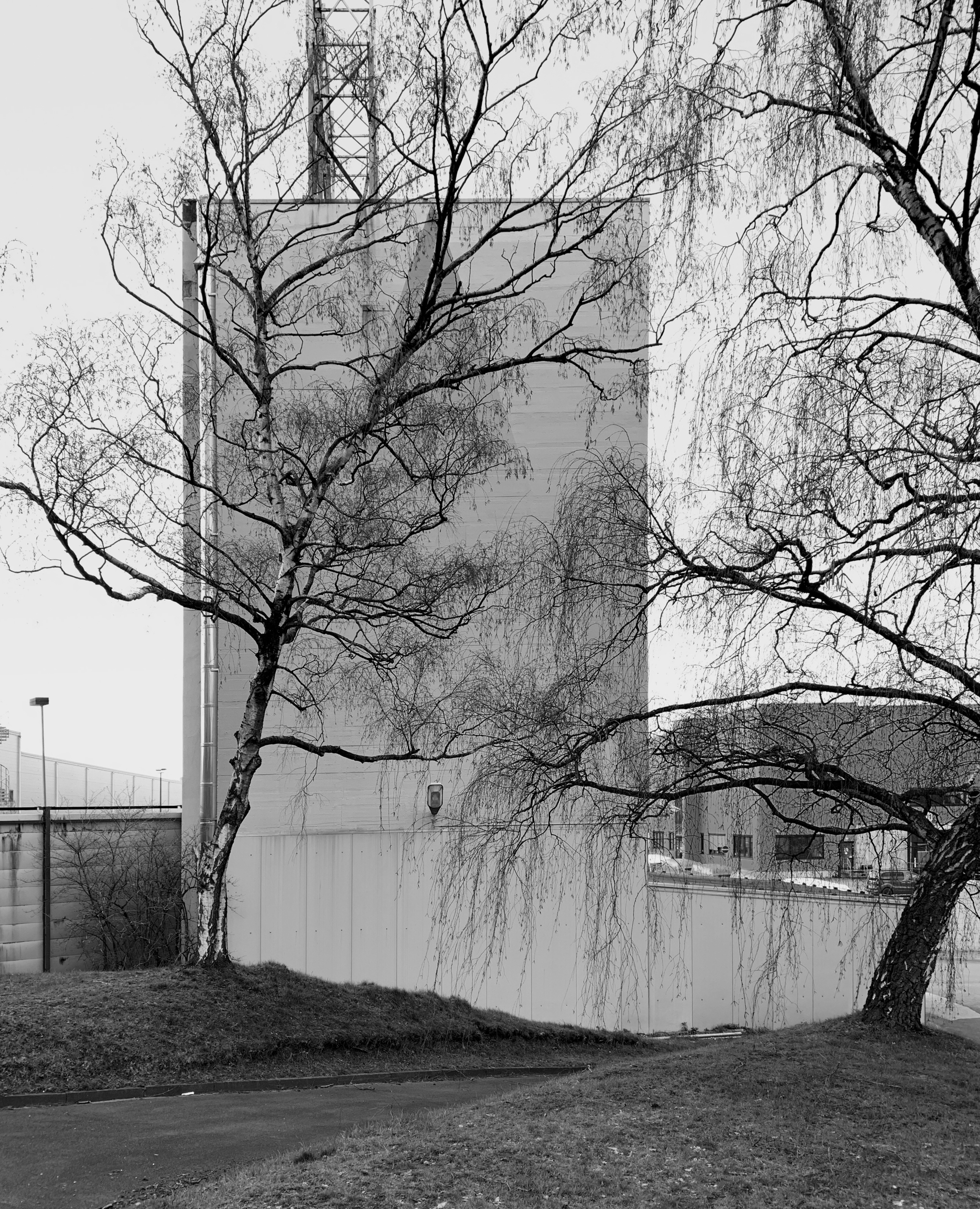
Insignificant Extension
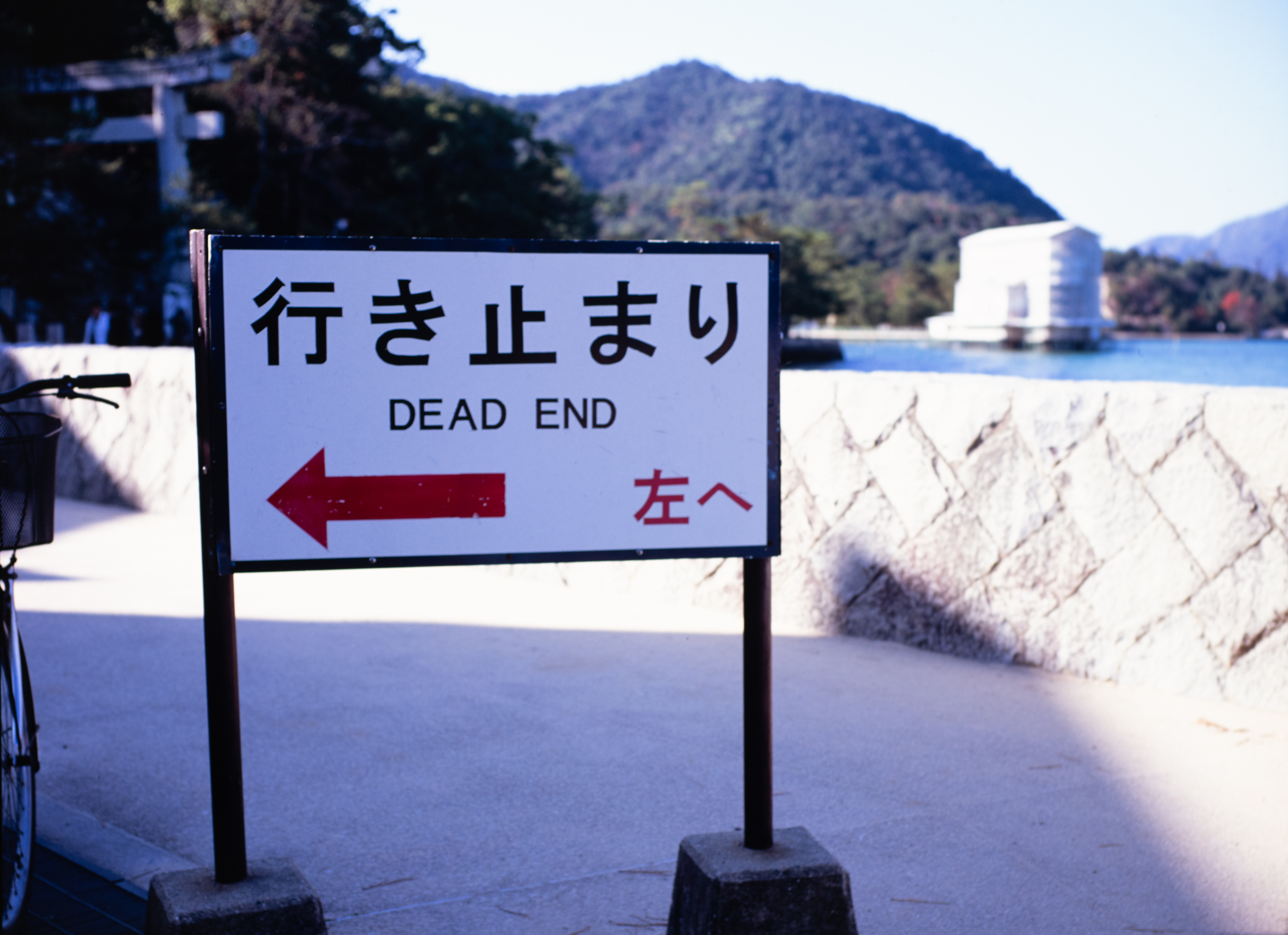
An Individual is a four-dimensional object of greatly elongated form; in ordinary language we say that he has considerable extension in time and insignificant extension in space.’
–Eddington, Space, Time and Gravitation
The Element of Time

Marey’s Chronograms. Dr. Nathan passed the illustrations across his desk to Margaret Travis. ‘Marey’s Chronograms are multiple exposure photographs in which the element oftime is visible -the walking human figure, for example, is represented as a series of dune-like lumps. ‘ Dr. Nathan accepted a cigarette from Catherine Austin, who had sauntered forward from the incubator at the rear of the office.Ignoring herequizzical eye, he continued.‘Your husband brilliant feat was to reverse the process. Using a series of the most commonplace objects – this office,let ussay, a panorama ofNew York Skyscrapers, the naked body of awoman, the face of a catatonic patient – he treated them as ifthey already were chromograms andextracted the element oftime. ‘ Dr. Nathan lit his cigarette with care. ‘The results were extraordinary. A very different world was revealed. The familiar surroundings of our lives, even our smallest gestures, were seen to have totally altered meanings. Asfor the reclining figure of a film star or this hospital…’
— from J.G. Ballard, the Atrocity Exhibition
I will praise You in this Storm

Look what fear has done to my body
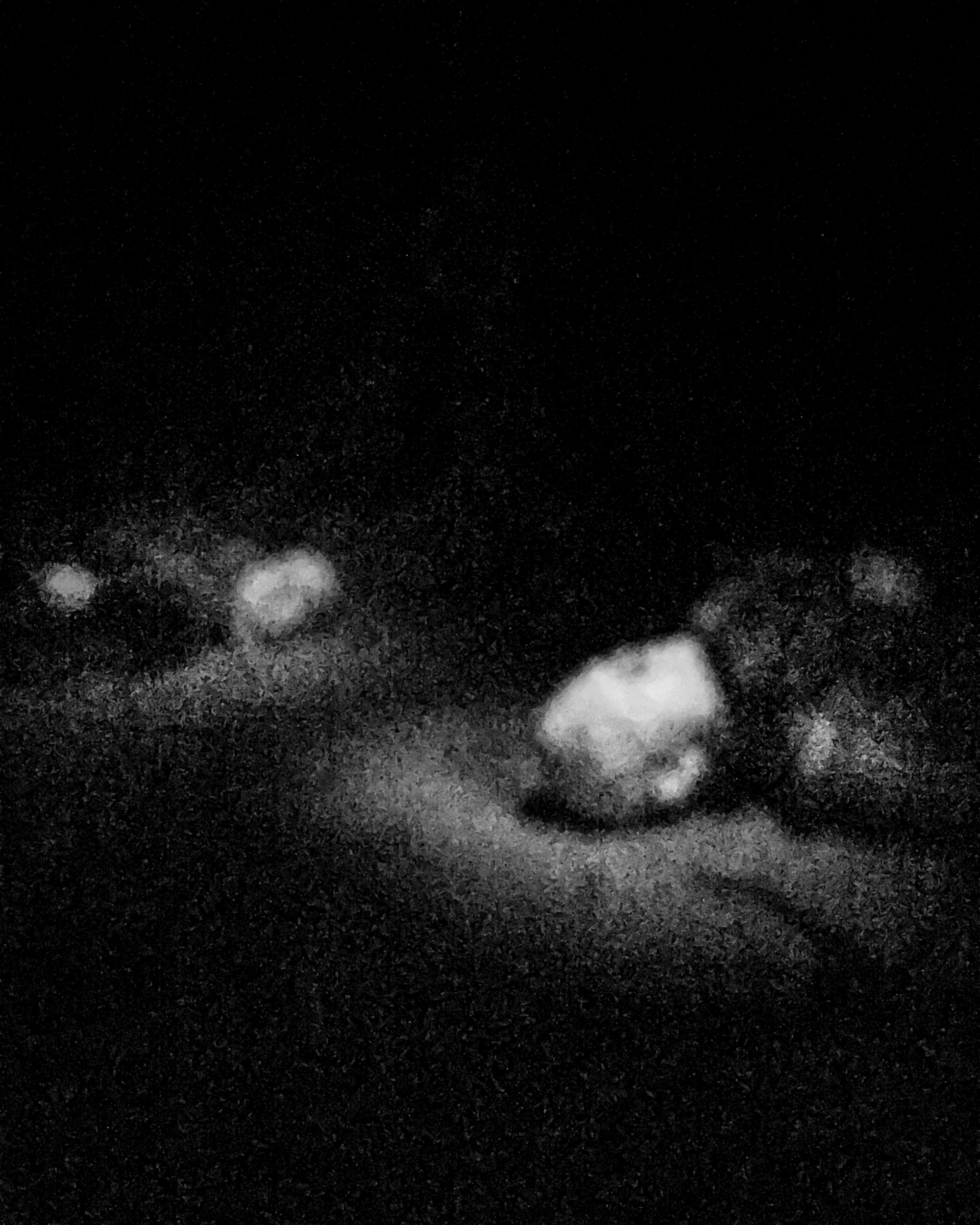
Paris, April 2017
From Decay

Thyssen
Duisburg-Ruhrort, June 2017
Ozymandias
I met a traveller from an antique land
Who said: Two vast and trunkless legs of stone
Stand in the desert. Near them, on the sand,
Half sunk, a shattered visage lies, whose frown,
And wrinkled lip, and sneer of cold command,
Tell that its sculptor well those passions read
Which yet survive, stamped on these lifeless things,
The hand that mocked them and the heart that fed:
And on the pedestal these words appear:
‘My name is Ozymandias, king of kings:
Look on my works, ye Mighty, and despair!’
Nothing beside remains. Round the decay
Of that colossal wreck, boundless and bare
The lone and level sands stretch far away.
— Percy B. Shelley